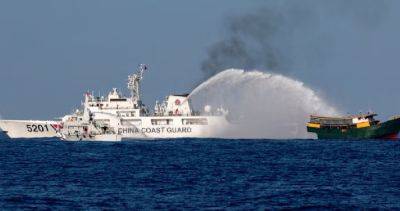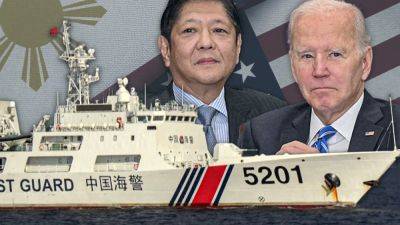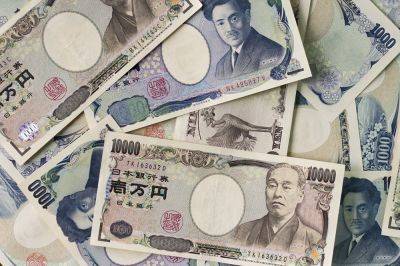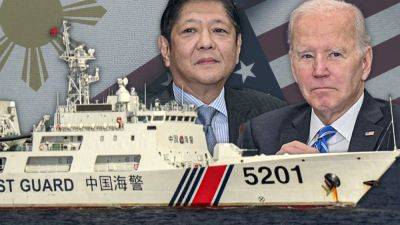South China Sea: why are Philippines-Beijing tensions heating up and will US get involved?
The issue will be a focus of trilateral meeting between US President Joe Biden, Philippines President Ferdinand Marcos Jnr and Japan Prime Minister Fumio Kishida in Washington on Thursday.
Central to recent stand-offs between the Philippines and China are two hotly contested features located inside Manila’s 200-nautical mile exclusive economic zone, but which Beijing claims as its own.
The Permanent Court of Arbitration in The Hague ruled in 2016 that Beijing’s expansive claims via its nine-dash line had no basis under international law, handing the Philippines a landmark victory, but that has not stopped China, which rejects the ruling, from being more assertive.
Beijing has deployed hundreds of coastguard vessels to patrol those areas, alarming the Philippines, rival claimants and other states operating in the South China Sea, including the United States, which is wary about China’s growing military power and territorial ambition.
Encounters between the Philippines and China in Asia’s most contested waters have grown tenser and more frequent over the past year as Beijing presses its claims and Manila refuses to cease its fishing and resupply activities to Filipinos at the two shoals. China considers those to be illegal intrusions and has tried to repel the vessels.
During the last two Second Thomas Shoal resupply missions, Philippine boats sustained damage and some crew were injured after use of water cannon. China has urged the Philippines to tow away the warship, saying it had promised to do just that, but Manila maintains no such agreement was made.
04:30
Philippines sets up ‘game changer’ monitoring station on island in disputed South China Sea
China’s actions have drawn international condemnation and concern from major







